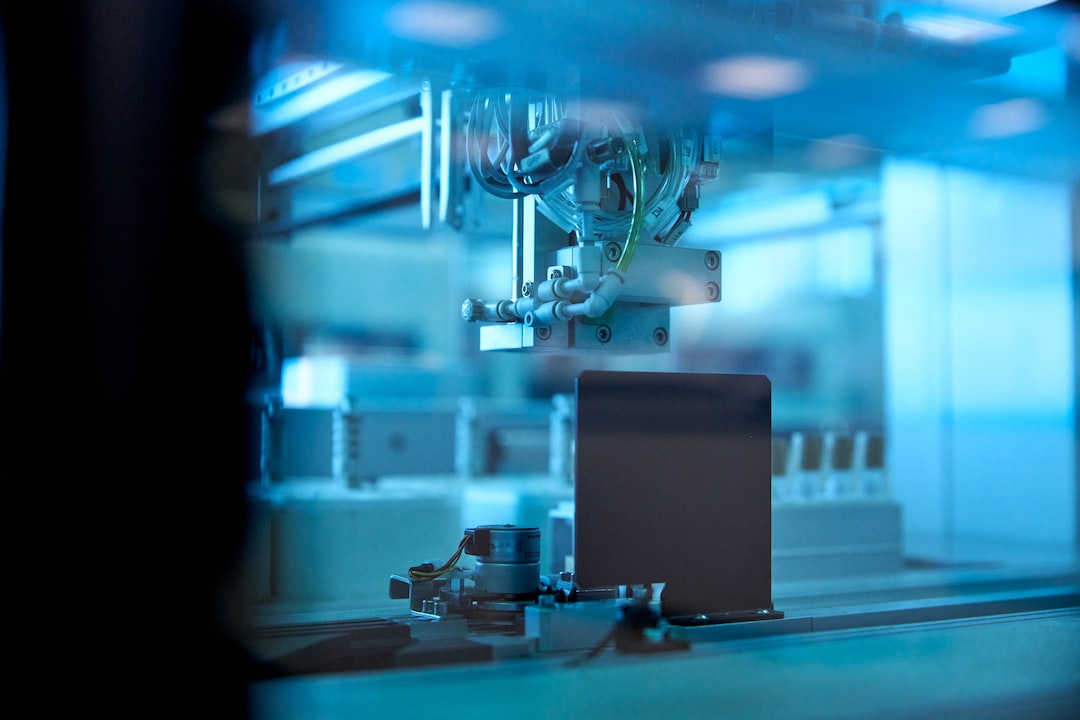The Role of Machine Learning in Predictive Maintenance for Manufacturing
In today’s rapidly evolving world, technology has become an integral part of our lives. One industry that has greatly benefited from technological advancements is manufacturing. With the advent of machine learning, manufacturers are able to gain valuable insights into their equipment’s health and predict when they are likely to fail. This process, known as predictive maintenance, is revolutionizing the manufacturing industry.
Traditionally, maintenance in manufacturing plants has been conducted based on a fixed schedule or reactive approach. However, this approach is often inefficient and costly. Unplanned downtime due to equipment failure can result in significant financial losses for manufacturers. This is where machine learning comes in. By analyzing large amounts of data collected from various sensors and machines in real-time, machine learning algorithms can identify patterns and anomalies that indicate potential equipment failure before it occurs.
One of the main advantages of using machine learning for predictive maintenance is its ability to process vast amounts of data quickly and accurately. This can help identify subtle changes in equipment performance that might be missed by human operators. For example, by monitoring factors such as temperature, vibration, and current consumption, machine learning algorithms can detect early signs of equipment malfunction or degradation. This allows manufacturers to take proactive measures, such as scheduling maintenance during planned downtime, to prevent costly breakdowns.
Another significant advantage of machine learning in predictive maintenance is its ability to continuously learn and improve its predictions over time. By feeding the algorithms with more data and incorporating feedback from maintenance actions, the system becomes more accurate in identifying potential failures and optimizing maintenance schedules. This iterative process ensures that manufacturers can achieve maximum uptime and extend the lifespan of their equipment.
Machine learning algorithms can also be used to optimize maintenance schedules by prioritizing tasks based on risk. By considering factors such as the criticality of the equipment, the cost of failure, and the availability of spare parts, the algorithms can create an optimized maintenance plan that minimizes downtime and maximizes resource utilization. This helps manufacturers allocate their maintenance resources more effectively and minimize unnecessary maintenance activities.
Additionally, machine learning in predictive maintenance can significantly reduce maintenance costs. By moving from a reactive maintenance approach to a proactive one, manufacturers can avoid unnecessary maintenance activities and reduce the number of spare parts kept in inventory. This not only reduces the direct maintenance costs but also improves overall operational efficiency.
However, implementing machine learning for predictive maintenance is not without challenges. It requires a robust data infrastructure, including data collection, storage, and preprocessing capabilities. Moreover, the quality and reliability of the collected data are crucial for accurate predictions. Manufacturers need to ensure that their sensors are calibrated correctly and regularly maintained to minimize the risk of false alarms or missed failures.
In conclusion, machine learning plays a crucial role in predictive maintenance for the manufacturing industry. It enables manufacturers to move from a reactive to a proactive maintenance approach, optimizing maintenance schedules, reducing costs, and maximizing uptime. As technology continues to advance, machine learning will only become more powerful, leading to even more efficient and reliable predictive maintenance systems. With the ability to predict and prevent equipment failures, manufacturers can transform their operations and stay competitive in the dynamic world of manufacturing.
